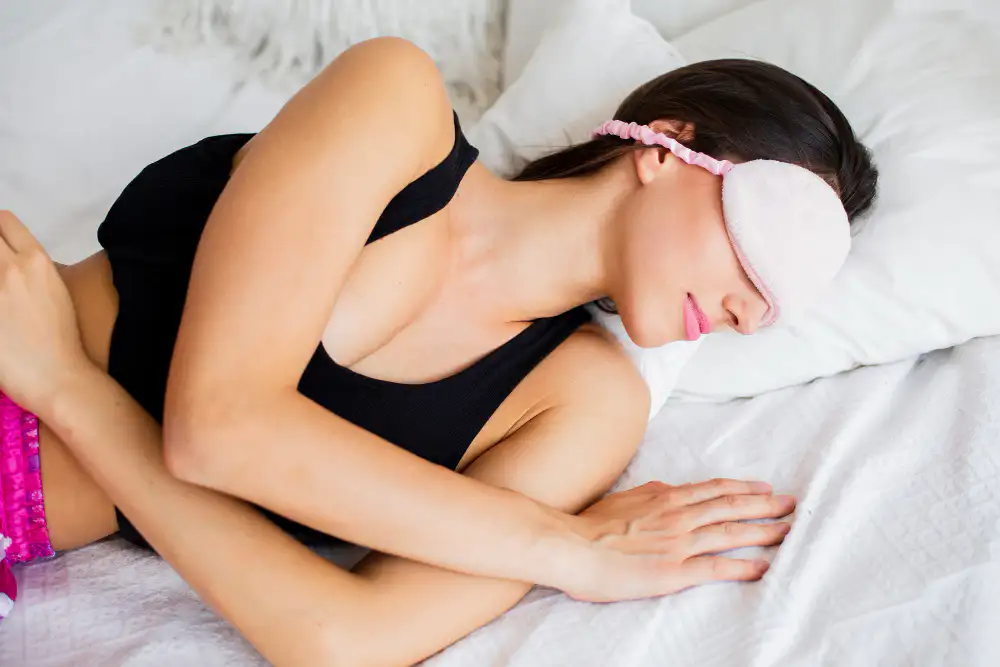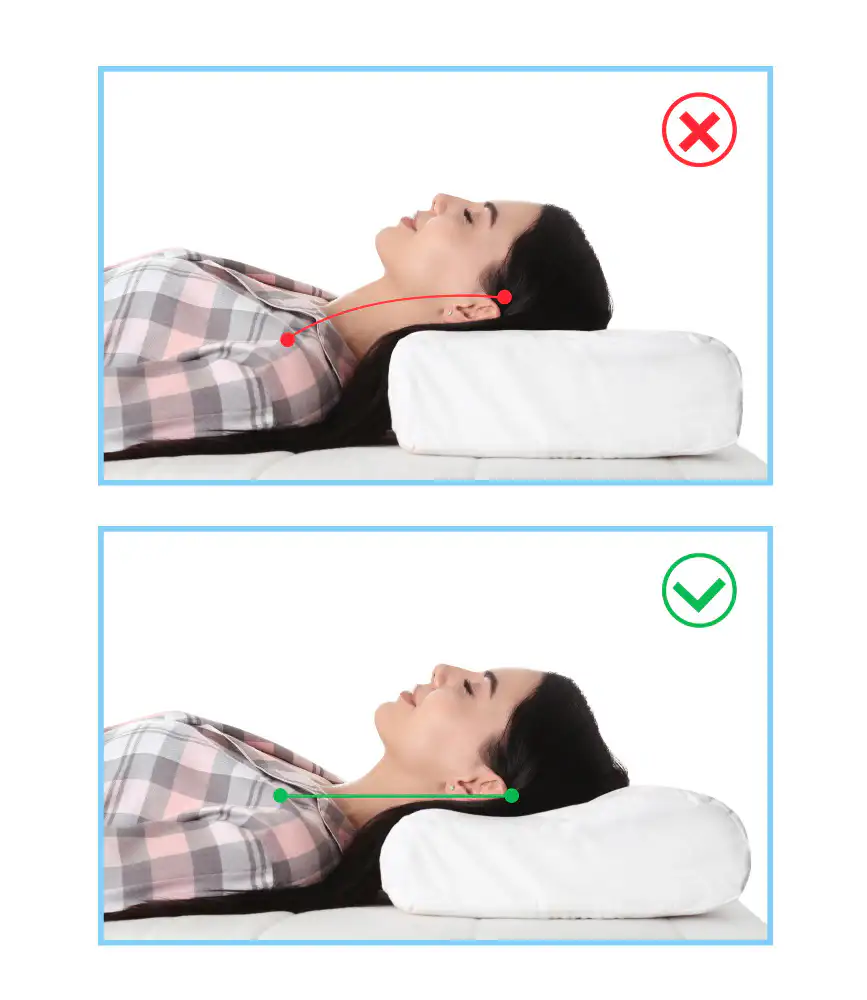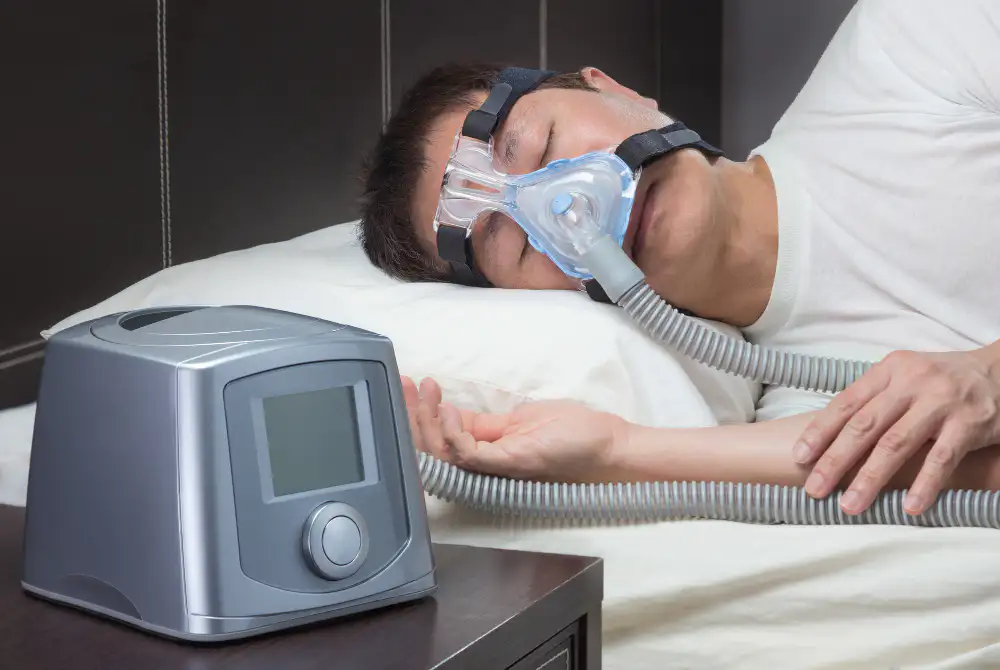
The Cervical Pillow That Helps You Breathe Easier: Posture, Sleep Apnea, and How to Choose the Right Support
A practical, evidence-informed guide to posture, side-sleeping, and choosing a cervical pillow that supports clearer breathing and deeper rest.
Features (bamboo & cotton cover options)
Discover the ultimate in cervical spine support with our orthopedic memory foam pillow. Engineered for side, back, and face-down sleepers, this ergonomically designed pillow features adjustable firmness and sizes (small & medium) to suit every body type. Wake up feeling refreshed with contoured support that aligns your neck and spine for deeper, healthier sleep. The breathable foam and washable cover add comfort and hygiene.
- ✅ Adjustable for every sleeping position: side, back & stomach
- ✅ Ergonomic contour for neck and spine alignment
- ✅ Available in small and medium sizes
- ✅ Firm memory foam with excellent rebound
- ✅ Breathable fabric cover – machine washable
Cover choices: bamboo-derived (cooling, silky) or 100% cotton (classic, breathable). Choose your preference at checkout.
Why your pillow (and posture) can change your nights
If you wake up stiff, get told you snore loudly, or never feel fully rested, your sleep posture could be a big part of the problem. A well-designed cervical pillow keeps your neck and head aligned, helps reduce muscle tension, and can support a clearer airway—especially for side sleepers. While a pillow alone isn’t a medical treatment for obstructive sleep apnea (OSA), the right support can encourage positions and angles that make a real difference night after night.
Curious how our materials and contours work? Visit the Lil Angel Pillows Shop or browse our Blog for care tips and sizing guidance.

Sleep apnea 101 (quick + clear)
Obstructive Sleep Apnea (OSA) involves repeated collapses of the upper airway during sleep, causing oxygen dips and fragmented rest. Untreated, OSA is linked to daytime sleepiness, blood pressure and cardiometabolic risks, and cognitive issues. Clinical guidelines commonly recommend positive airway pressure therapy (PAP/CPAP) as first-line treatment for adults with moderate to severe OSA, while milder cases may consider additional options as part of a comprehensive plan.
Important note on medical care
If you suspect OSA, seek proper diagnosis via a clinician or sleep lab. A supportive pillow can complement care—especially when it helps you maintain side-sleeping—but it does not replace medical therapy when indicated.
Posture matters: why side sleeping often helps
A large share of people have positional OSA, where apnea severity is worse when lying on the back (supine) than on the side. For these sleepers, positional therapy—habits and aids that reduce time spent supine—can meaningfully lower apnea-hypopnea events. In practical terms, building a comfortable side-sleep setup (pillow height tuned to shoulder width, gentle head elevation, and a bolster to discourage rollovers) is a low-cost, behavior-based aid with real-world adherence.

Can the right pillow help with sleep apnea?
A pillow isn’t a medical device—but it does influence head/neck angle, jaw position, and tongue posture, all of which affect airway space. Evidence shows that encouraging side sleeping and maintaining a neutral cervical spine can improve snoring and reduce events in positional OSA. For those already on CPAP, a contoured pillow can also improve mask comfort, reduce leaks, and help you stick with therapy.
Key benefits of bamboo pillows & covers
Bamboo-derived fabrics (viscose/lyocell from bamboo) are popular for hot sleepers and sensitive skin. Here’s how they help in real-world use:
Cooling & breathability
- Moisture management: bamboo-derived fabrics are known for strong moisture vapor permeability and quick-drying behavior (structure-dependent), helping reduce overheating and clamminess.
- Year-round comfort: breathable weaves can feel cooler in summer and still comfortable in cooler seasons.
Skin-friendly comfort
- Soft handfeel: a smooth, silky feel that many people with sensitive skin prefer.
- Hypoallergenic-friendly: the smooth surface can be gentler on the skin compared to some rougher weaves.
Eco considerations
- Fast-growing crop: bamboo grows quickly, but most bedding uses regenerated bamboo (viscose or lyocell). Look for bamboo lyocell processes and reputable certifications to reduce environmental impact.
Comfort & support (the pillow core matters)
- Adjustable shredded memory foam: lets you fine-tune loft/firmness for neutral neck alignment and fewer position-change awakenings.
Note: “Antimicrobial” claims for rayon/viscose from bamboo are restricted in many markets unless you have specific lab substantiation for the finished fabric. We describe the “hypoallergenic-friendly” feel and breathability instead of making antimicrobial guarantees.
Bamboo vs. 100% cotton covers: which to choose?
We offer the same pillow with either a bamboo-derived cover or a 100% cotton cover. Choose based on feel, climate, and care preferences:
Cooling & breathability
- Bamboo-derived (viscose/lyocell): excellent moisture management and a cool-to-the-touch feel for hot sleepers.
- 100% cotton: naturally breathable; percale weaves tend to feel airier, sateen feels silkier and slightly warmer.
Skin feel & sensitivity
- Bamboo-derived: very smooth, drapey handfeel many with sensitive skin enjoy.
- Cotton: classic, familiar handfeel; long-staple cottons often feel smoother and resist pilling better.
Care & durability
- Bamboo-derived: follow label (gentle cycle, low heat) to preserve handfeel and reduce fibrillation.
- Cotton: typically robust in everyday home laundering; percale may wrinkle more, sateen less.
Sustainability notes
- Bamboo-derived: the plant is fast-growing; environmental impact depends on the regeneration process. Lyocell processes are generally cleaner than traditional viscose.
- Cotton: look for OEKO-TEX/organic standards and responsible supply chains.
Bottom line: run hot or want an ultra-smooth feel? Try the bamboo-derived cover. Prefer a classic, crisp feel? Choose the 100% cotton cover.
See options on Amazon (select your cover) | Shop on our site
What to look for in a cervical pillow (buying checklist)
Ergonomic contour & neutral alignment
Look for a curved design that cradles the head while supporting the neck’s natural curve. This reduces muscle strain and can help keep the airway more open when side sleeping.
Adjustable height/loft
Fine-tune for shoulder width and sleep style (side/back/mixed). If your head tilts down or up, adjust height until your nose and sternum feel level when lying on your side.
Slow-rebound memory foam & breathable cover
Quality foam should relieve pressure without bottoming out. Choose removable, washable covers to keep things fresh.
Size options
Personalized fit drives better alignment. Multiple sizes (e.g., small/medium) make it easier to dial in support for your frame.
See these features in action: Adjustable Cervical Pillow on Amazon
Why Lil Angel Pillows stands out
- Ergonomic, contoured design to support cervical alignment and reduce neck strain.
- Adjustable for side and back sleeping, with room to fine-tune height.
- Slow-rebound memory foam for consistent, all-night support.
- Multiple sizes to personalize fit.
Explore the Shop for details, or find care and sizing guidance on our Blog.
How to set up your pillow for maximum airway space
- Prefer side sleeping. Center your ear in the pillow’s contour, keep the neck long (not kinked), and the chin neutral (avoid tucking).
- Match height to shoulder width. Add/remove inserts if available until your head is level with your spine.
- If you nap on your back, elevate the head a bit and rotate slightly to one side to help maintain airway patency.
- Pair with a body pillow or bolster behind your back to discourage rollovers into supine.
Who should not rely on a pillow alone
If you have moderate–severe OSA, a pillow is not a replacement for medical therapy. Follow your clinician’s plan—CPAP or a custom oral appliance may be necessary—then use a contoured pillow to enhance comfort, side-sleeping, and adherence.

Beyond the pillow: habits that amplify results
- Weight, alcohol timing, nasal congestion, and sedatives all influence snoring/OSA. Optimizing these can enhance results.
- If prescribed CPAP, consistency matters. The right pillow can reduce mask leaks and arousals by stabilizing your position.
Need help choosing or sizing? Contact us—we’ll guide you.
Sizing & setup guide (quick steps)
- Measure shoulder width—broader shoulders typically need a taller loft.
- Pick the right size (S/M, etc.). If unsure, pick an adjustable design.
- Test for 2–3 nights per setting, then re-adjust if you notice tilt or numbness.
- Add a slim body pillow as a rollover blocker to maintain side sleeping.
For care and longevity, see: Maintaining Your Bamboo Memory Foam Pillow.
Frequently asked questions
- Does a cervical pillow “treat” sleep apnea?
No. It supports better posture and side sleeping—helpful for snoring and positional OSA—but it doesn’t replace CPAP or medical therapy when indicated.
- Can I use a cervical pillow with CPAP?
Yes. Many users find a contoured, memory-foam pillow improves mask comfort and helps maintain side sleep, which can reduce leaks and awakenings.
- Is there evidence that pillows and position change sleep metrics?
High-level evidence shows positional therapy (which pillows can support) improves apnea indices versus doing nothing, though CPAP generally achieves larger reductions. For many, building a side-sleep setup is a practical complement.









Add comment